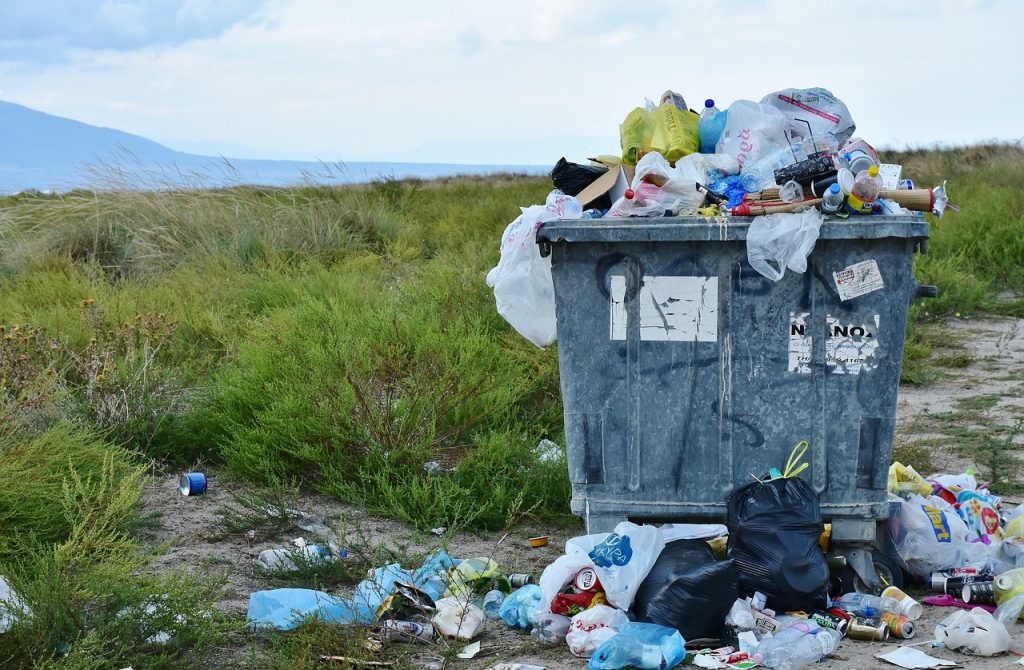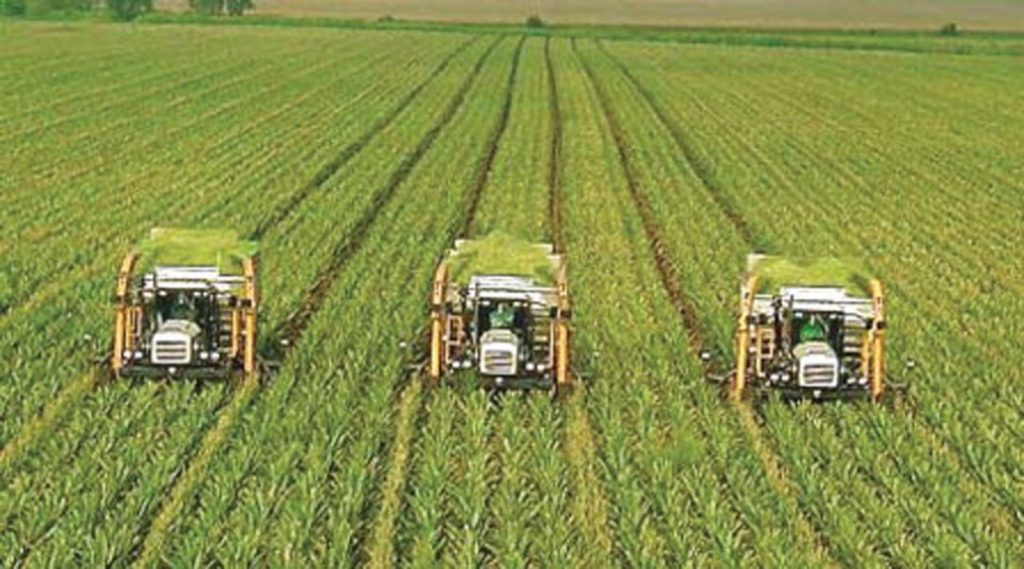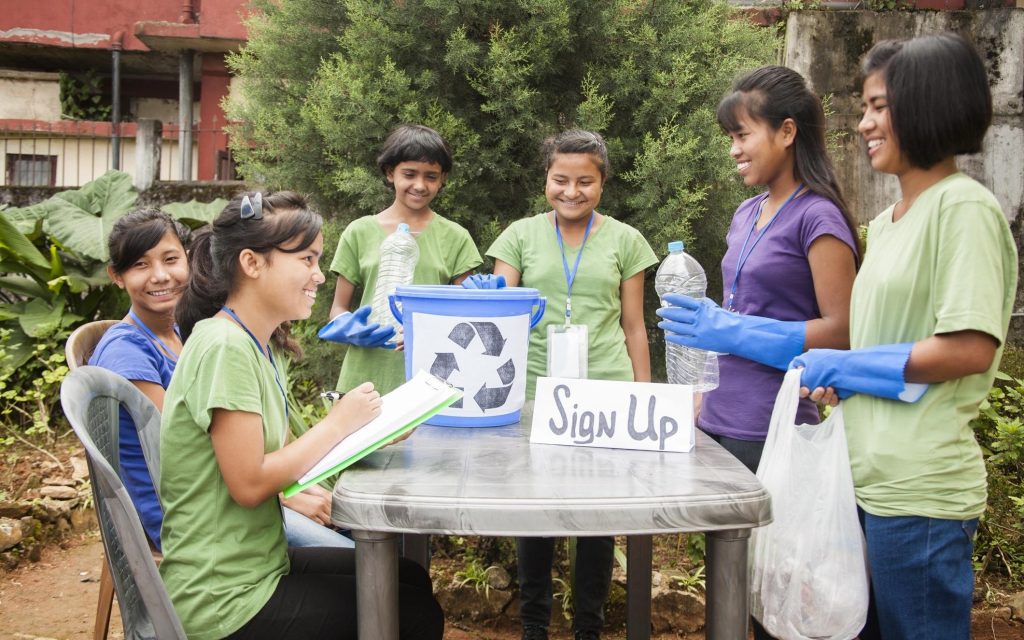Hey there! Have you ever stopped to think about the plastic bags you use every day, like the ones from the grocery store or your favorite takeout place?
They might seem handy, but here’s the deal: those seemingly harmless plastic bags can cause some serious Harmful Effects on our planet.
In this article, we are going to dive into the world of plastic bags and explore 5 Harmful Effects of Plastic Bags.
By the end, you will understand why it is crucial to think twice about how we use these plastic bags and what we can do to make things better for our environment.
Plastic bags are everywhere in our daily lives, used for carrying groceries, shopping, and various goods. Their convenience has made them an integral part of modern society.
However, the environmental consequences of plastic bag usage are deep. These harmless items can have severe, long-lasting impacts on our planet.
When you go shopping and buy things like food or clothes, the store usually gives them to you in a plastic bag. After you use them, you might toss these bags outside as trash.
This simple action is one of the main reasons why plastic bags become a big problem for the environment.
Even though plastic bags are handy for us and it seems like we can’t live without them, they cause a lot of harm.
They contribute to environmental pollution, wildlife deaths, hazards to human health, and other detrimental impacts on the environment.
So, let’s get started on this journey to uncover the harmful effects of those everyday plastic carriers!
5 Harmful Effects of Plastic Bags
Here are some Harmful effects of plastic bag pollution in natural ecosystems, including its causes, effects, and measures to control it:
- Pollution of Natural Ecosystems
- Non-Biodegradability
- Resource Depletion
- Human Health Concerns
- Economic Costs
Pollution of Natural Ecosystems
Plastic bags are notorious for ending up in natural ecosystems. They often make their way into oceans, rivers, and forests, where they can persist for hundreds of years.
Once in these ecosystems, plastic bags pose a significant threat to wildlife. Marine animals can ingest or become entangled in them, leading to injury or death.
Similarly, forest-dwelling creatures may mistake plastic bags for food, with fatal consequences.
Causes of Plastic Pollution in Natural Ecosystems:
- Improper Disposal: The primary cause of plastic pollution in natural ecosystems is the improper disposal of plastic waste. When people discard plastic bags, bottles, and other items irresponsibly, they often end up in rivers, oceans, forests, and other natural environments.
- Littering: Littering in urban areas can result in plastic bags being carried away by wind and rain, eventually making their way into water bodies. This is especially problematic in areas with inadequate waste management systems.
- Industrial and Commercial Activities: Industries and businesses that produce and use plastic materials may contribute to plastic pollution through activities like inadequate waste management, accidental spills, and improper disposal of industrial plastic waste.
Effects of Plastic Pollution on Natural Ecosystems:
- Wildlife Harm: Plastic bag pollution poses a severe threat to wildlife. Marine animals often ingest plastic items, mistaking them for food, which can lead to injury or death.
Additionally, animals can become entangled in plastic debris, making it challenging for them to move, feed, or breathe.
- Water Pollution: Plastic waste in oceans and rivers can leach harmful chemicals into the water, negatively affecting aquatic life. These toxins can also enter the food chain when smaller organisms consume microplastics, ultimately impacting humans who consume seafood.
- Habitat Destruction: Accumulated plastic waste can smother coral reefs, damage aquatic ecosystems, and alter natural habitats. This can result in the loss of biodiversity and disrupt the balance of these ecosystems.
- Aesthetic and Recreational Impact: Plastic pollution diminishes the aesthetic appeal of natural landscapes, affecting tourism and recreation. Beaches and parks littered with plastic waste can deter visitors and harm local economies.
Measures to Control Plastic Pollution in Natural Ecosystems:
- Reduce, Reuse, Recycle: Encourage individuals and communities to reduce plastic consumption, reuse items like shopping bags, and promote recycling programs to divert plastic waste from natural ecosystems.
- Implement Stricter Regulations: Governments can enact and enforce laws that restrict the use of single-use plastics, impose penalties for littering, and promote responsible waste disposal.
- Public Awareness Campaigns: Education and awareness programs can inform people about the impacts of plastic pollution and encourage responsible consumption and disposal of plastic items.
Non-Biodegradability
One of the most alarming aspects of plastic bags is their non-biodegradable nature. Plastics are synthetic polymers made from petrochemicals, and they are inherently non-biodegradable.
Unlike organic materials that decompose over time, plastic bags do not naturally break down.
As a result, plastic bags accumulate in landfills and natural environments, causing long-term environmental damage. Their persistence means they can continue to harm ecosystems and wildlife for generations.
Causes of Plastic Non-Biodegradability:
- Chemical Structure: Plastic bags are composed of long chains of polymers held together by strong covalent bonds. These bonds are highly resistant to biological degradation by microorganisms.
- Lack of Natural Enzymes: Many plastics are not recognized as food sources by the microorganisms responsible for breaking down organic matter. Therefore, these microorganisms do not produce enzymes to digest plastics.
Effects of Plastic Non-Biodegradability:
- Environmental Pollution: Non-biodegradable plastics accumulate in natural ecosystems, including oceans, rivers, forests, and landfills, leading to extensive pollution.
- Wildlife Hazard: Wildlife, especially marine animals, often ingest or become entangled in plastic debris. This can result in injuries, illness, and death among various species.
- Microplastics: Over time, larger plastic items break down into tiny particles called microplastics, which can infiltrate ecosystems, water bodies, and even the food chain. Microplastics may have harmful effects on both wildlife and human health.
Measures to Control Plastic Non-Biodegradability:
- Reduce Single-Use Plastics: Encourage the reduction of single-use plastics, such as plastic bags, straws, and utensils. Promote the use of reusable alternatives made from eco-friendly materials.
- Promote Biodegradable Plastics: Research and develop biodegradable plastics that break down more easily in the environment without causing harm. Encourage their use in various industries.
- Improve Recycling: Enhance recycling programs to divert plastics from landfills and reduce the need for new plastic production. This includes educating the public about proper recycling practices.
Resource Depletion
Plastics are derived from petrochemicals, primarily oil and natural gas. The production of plastic bags requires significant amounts of fossil fuels, contributing to resource depletion and greenhouse gas emissions.
The extraction and processing of these fossil fuels have various negative impacts, from habitat destruction to air and water pollution. This process further exacerbates the environmental footprint of plastic bags.
Causes of Resource Depletion from Plastics:
- Dependence on Petrochemicals: Plastics are predominantly made from petroleum-based feedstocks. The global demand for plastics has led to increased drilling and extraction of oil and natural gas, depleting these non-renewable resources.
- Rapid Growth in Plastic Production: The plastic industry has experienced exponential growth over the years, with the production of plastics outpacing the availability of fossil fuels.
Effects of Resource Depletion from Plastics:
- Diminishing Fossil Fuel Reserves: The production of plastics competes with other sectors for limited fossil fuel reserves, which are essential for energy production, transportation, and various industries. This competition can lead to higher energy prices and resource scarcity.
- Environmental Impact: The extraction of fossil fuels for plastic production contributes to habitat destruction, water pollution, and greenhouse gas emissions. Resource-intensive processes also increase the overall environmental footprint of plastic production.
- Economic Implications: As fossil fuel reserves become scarcer, the cost of plastic production may rise, affecting industries that rely heavily on plastic materials, such as packaging, construction, and automotive manufacturing.
Measures to Control Resource Depletion from Plastics:
- Transition to Renewable Resources: Invest in research and development of plastics derived from renewable resources like plant-based bioplastics, reducing reliance on fossil fuels.
- Circular Economy: Implement circular economy models that focus on reusing and recycling plastic products.
Human Health Concerns
Plastics, especially single-use plastics, have raised significant concerns related to human health. Plastic bags can pose health risks to humans. Some plastic bags contain harmful chemicals that can leach into food or the environment.
When ingested or absorbed, these chemicals may have adverse effects on human health, including potential links to certain diseases.
Causes of Human Health Concerns from Plastics:
- Chemical Composition: Plastics are made using a variety of chemical additives, such as plasticizers, flame retardants, and colorants.
These additives can contain harmful substances like phthalates, bisphenol A (BPA), and polybrominated diphenyl ethers (PBDEs).
- Plastic Degradation: Over time, plastics can degrade into microplastics and nanoplastics, especially in marine environments. These tiny plastic particles can accumulate toxins and pollutants from the surrounding environment.
Effects of Human Health Concerns from Plastics:
- Chemical Exposure: Chemicals from plastics can leach into food, beverages, and the environment, leading to potential human exposure. For example, BPA, used in some plastics, has been linked to hormonal disruptions and developmental issues.
- Microplastic Ingestion: Microplastics and nanoplastics are ingested by marine life and can enter the human food chain through seafood consumption. The long-term health effects of ingesting microplastics are still being studied.
- Airborne Particles: Plastics can release microscopic particles into the air when they degrade, potentially leading to inhalation of these particles by humans, which could have respiratory health implications.
Measures to Control Human Health Concerns from Plastics:
- Regulatory Oversight: Implement and enforce regulations on the use of harmful chemicals in plastic production, restricting or banning substances like BPA and phthalates in food-contact plastics.
- Safe Alternatives: Promote the development and use of safer alternatives to plastics, such as biodegradable and non-toxic materials.
- Plastic Labeling: Improve labeling and product information to inform consumers about potential health risks associated with certain plastics.
- Consumer Choices: Encourage consumers to make informed choices by opting for products with minimal plastic packaging and supporting businesses that prioritize plastic reduction and safety.
- Medical Device Safety: Ensure the safety of medical devices made from plastics and closely regulate their production to prevent chemical leaching.
Economic Costs
The economic costs associated with plastics are numerous and impact various sectors of the economy.
Dealing with plastic bag waste imposes substantial economic burdens on communities and governments. Cleanup, disposal, and waste management costs are significant.
These costs arise from the production, use, and disposal of plastics, as well as their environmental and health consequences. These expenses divert resources that could be allocated to more pressing needs and initiatives.
Causes of Economic Costs from Plastics:
- Production Costs: The manufacturing of plastics involves the extraction and processing of petroleum-based feedstocks, which require significant energy and resources.
- Waste Management: Disposing of plastic waste through landfilling or incineration is costly, and managing plastic pollution in oceans and waterways adds to the financial burden.
- Environmental Cleanup: Costs associated with cleaning up plastic litter and pollution from natural ecosystems, rivers, and coastal areas are substantial.
- Healthcare Costs: Health-related expenses arise from the potential health impacts of plastic chemicals on humans, including medical treatments for related illnesses.
Effects of Economic Costs from Plastics:
- Resource Depletion: The production of plastics consumes finite resources like petroleum, contributing to resource scarcity and price volatility.
- Waste Management Expenses: The collection, transportation, and disposal of plastic waste place financial burdens on local governments and waste management agencies.
- Environmental Damage: Plastic pollution harms ecosystems and wildlife, affecting industries like tourism and fisheries. Cleanup costs for oil spills, which involve plastic materials, can be astronomical.
- Healthcare Expenditure: Treating health issues related to plastic exposure, such as endocrine disruption or respiratory problems, increases healthcare spending.
Measures to Control Economic Costs from Plastics:
Circular Economy: Promote a circular economy approach that focuses on reducing, reusing, and recycling plastics to minimize resource consumption and waste.
Plastic Taxation: Implement taxes or levies on single-use plastics and non-recyclable packaging to incentivize reduced consumption and fund environmental initiatives.
Extended Producer Responsibility (EPR): Hold producers accountable for the entire lifecycle of their products, including disposal, to encourage eco-friendly designs and recycling.
Alternative Solutions For Effects of Plastic Bags
Controlling plastic pollution in natural ecosystems requires a collective effort involving individuals, communities, governments, and industries.
By adopting responsible practices and supporting measures to reduce plastic waste, we can protect the beauty and integrity of our natural environments.
To mitigate these harmful effects, individuals and societies are encouraged to adopt eco-friendly alternatives to plastic bags. Reusable cloth or jute bags, for instance, can significantly reduce plastic bag usage.
- Education and Awareness: Raise public awareness about the economic and environmental costs of plastics to encourage responsible consumption and waste reduction.
- Policies and Initiatives: Worldwide, there’s a growing focus on policies like plastic bag bans and fees to reduce plastic consumption.
- Clean-Up Initiatives: Regular clean-up drives in natural areas involving volunteers help remove plastic waste and maintain pristine environments.
- Promoting Alternatives: Encouraging eco-friendly alternatives to plastic, such as biodegradable materials and reusable bags, reduces plastic usage.
- Industry Responsibility: Industries should adopt eco-friendly practices, reduce plastic packaging, and improve waste management systems.
- Research and Innovation: Investing in research for advanced recycling technologies and safe disposal methods is crucial. This could include; Community Engagement, Corporate Responsibility, and support from International Cooperation.
- Government Regulations: Governments can enact laws to restrict non-biodegradable plastics, promoting biodegradable alternatives and resource-efficient production methods.
These actions collectively contribute to controlling plastic pollution in natural ecosystems and ensure a more sustainable future.
Conclusion
Plastic bags may seem inconsequential, but their detrimental impact on the environment, wildlife, human health, and economies cannot be underestimated.
Everyone must recognize these harmful effects and take action to reduce plastic bag usage, explore alternative solutions, and support policies that promote sustainability.
By reducing plastic consumption, promoting sustainable practices, and investing in alternatives, societies can mitigate the economic burdens associated with plastics while fostering a more environmentally and economically sustainable future.
Controlling plastic non-biodegradability is crucial to mitigating the environmental and ecological impacts of plastic pollution. By taking a multi-pronged approach that combines research, regulation, innovation, and public engagement, we can work towards a cleaner and more sustainable future.


